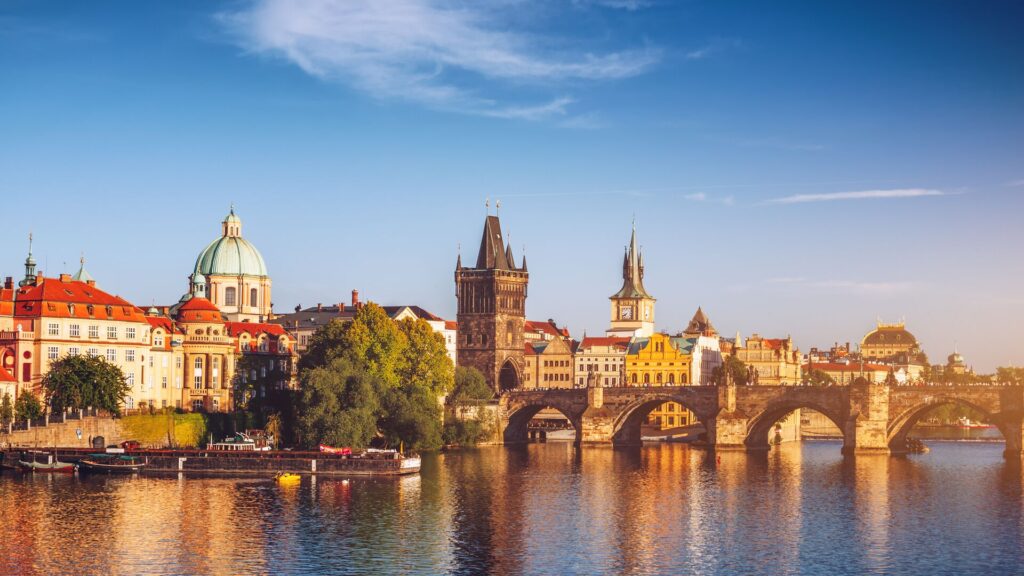South America Expert Shares Her Favorite Indigenous Travel Experiences

REVIEWED BY: GEMMA MYHILL
Head of Sustainability & Strategic Projects
1. Introduction with Maritza Lopez
More than any other, South America is a continent that is constantly rewriting our understanding of its scale, diversity and impact on the rest of the planet. In 2024, an expedition into Peru’s Alto Mayo region revealed more than 27 animal species new to science, including a unique amphibian mouse. In July 2025, archaeologists in Peru announced the discovery of a 3,500 year-old city named Peñico, which was founded by the Americas’ oldest civilisation, the Caral.
But the Caral – along with the Inca, the Aztecs and the Maya – are just the tip of the iceberg when it comes to the rich diversity and history of Indigenous groups throughout South America. According to the most recent Indigenous World Report, there are more than 400 recognised Indigenous groups in South America. Their importance to the management of the natural environment, their respective countries’ social fabric and our understanding of the physical and human geography.
That’s why we believe it’s so important to support South America’s diverse Indigenous population, through our MAKE TRAVEL MATTER® Experiences. To explain further, we spoke to Maritza Lopez, Insight Vacations’ Senior Travel Experiences Manager for the Americas, who shared her own personal encounters with South America’s Indigenous groups and Indigenous travel experiences.

Maritza shares her favorite experiences meeting South America’s Indigenous groups
As Maritza explains: “I truly believe it is our differences that make humanity so beautiful. Supporting Indigenous communities means honoring stories, traditions and ways of life that have shaped the world far beyond what we see. For me, helping create space for those voices isn’t just a responsibility, it’s a privilege that fills me with purpose and gratitude.”
2. Discover Indigenous Chilean crafts at Pueblito Los Dominicos
On Day 2 of our new Heart of Patagonia tour, you’ll visit Pueblito Los Dominicos in Santiago, Chile. Located next to the historic San Vicente Ferrer Church in Las Condes, it’s the largest artisan center in Chile, with more than 150 workshops displaying and selling Indigenous and traditional Chilean crafts. Highlights include the delicate horsehair crin weavings (a technique kept alive by rural communities in southern Chile), and the charming “chanchitos” (little pigs) made of black or red clay from Quinchamalí and Pomaire, whose pottery tradition has been recognized by UNESCO as Intangible Cultural Heritage.
You will also find jewelry and carvings in lapis lazuli, a semi-precious stone mined in indigenous areas of the north and crafted by artisans preserving ancient Andean traditions. The market also offers masks, paintings, and sculptures representing Mapuche and Selk’nam iconography, crafted from native woods such as raulí and lenga—artwork that directly supports Indigenous communities who sell and produce in their own workshops. Shopping at Los Dominicos is a special Indigenous travel experience that means immersing yourself in living history while supporting the country’s native artisans.
“What moved me most about learning from Indigenous artists is realizing these traditions aren’t just history”, Maritza says, “they are still alive, thriving and full of heart. It reminded me that keeping culture alive doesn’t have to be grand. Sometimes it’s a simple as holding onto a family recipe or a craft passed down through generations. Those small things matter.”
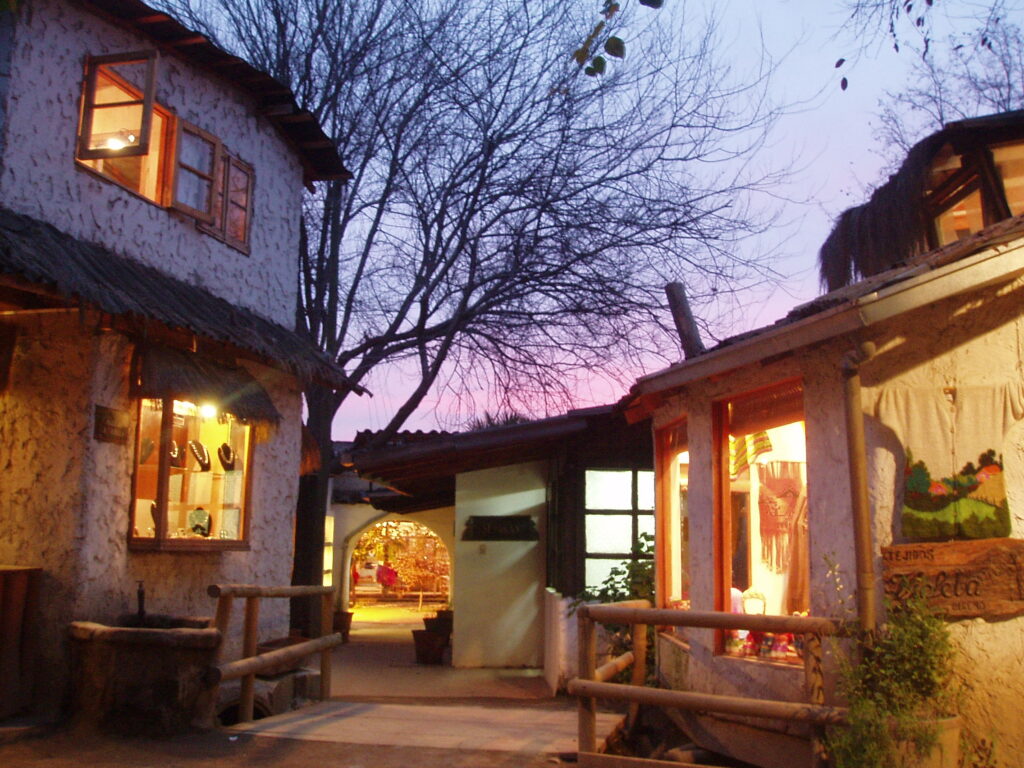
Image credit: Roman Bonnefoy via Wikimedia Commons
3. Visit the Guaraní community in Argentina
On Day 5 of our sister brand Trafalgar’s Impressions of South America tour, you’ll have the chance to meet the Guaraní people of Argentina in a unique Indigenous travel experience. The Guaraní are Indigenous to Paraguay, Bolivia and Argentina, and have a deep spiritual connection to their land and an inherent understanding of how to live in harmony with it.
The community you’ll visit on the MAKE TRAVEL MATTER® Experience live close to Iguazu Falls, near the Brazil-Argentina border. Iguazu Falls is a sacred site for the Guaraní, and the inspiration for a number of folk tales, including the story of I-Yara, a malign Pomboro spirit, said to have abducted a maiden named Angá and hid her. It’s believed the swallows that inhabit the falls are still searching for her to this day.
Your meeting with the Guaraní begins with a warm welcome from an Indigenous guide, who will lead you along forest trails weaving through and around the village. As you walk, you’ll discover the Guaraní’s rich world of beliefs, myths, and legends, and learn about the healing properties and traditional uses of medicinal plants. You’ll visit the community’s sacred temple and gain insight into the tribe’s initiation and baptism rituals. Continue on to see their crop fields, family homes, and the ingenious hunting traps once used to catch different animals. Your visit concludes with a fascinating display of traditional handicrafts—beautifully crafted from natural materials such as wood, lianas, and seeds.
“When I was welcomed by the Guarani, it wasn’t just a simple ‘hello’,says Maritza. “In their culture, a greeting is an exchange of energy – not just between two people, but between the ancestors we each carry. It was one of the most moving welcomes I’ve ever experienced.”
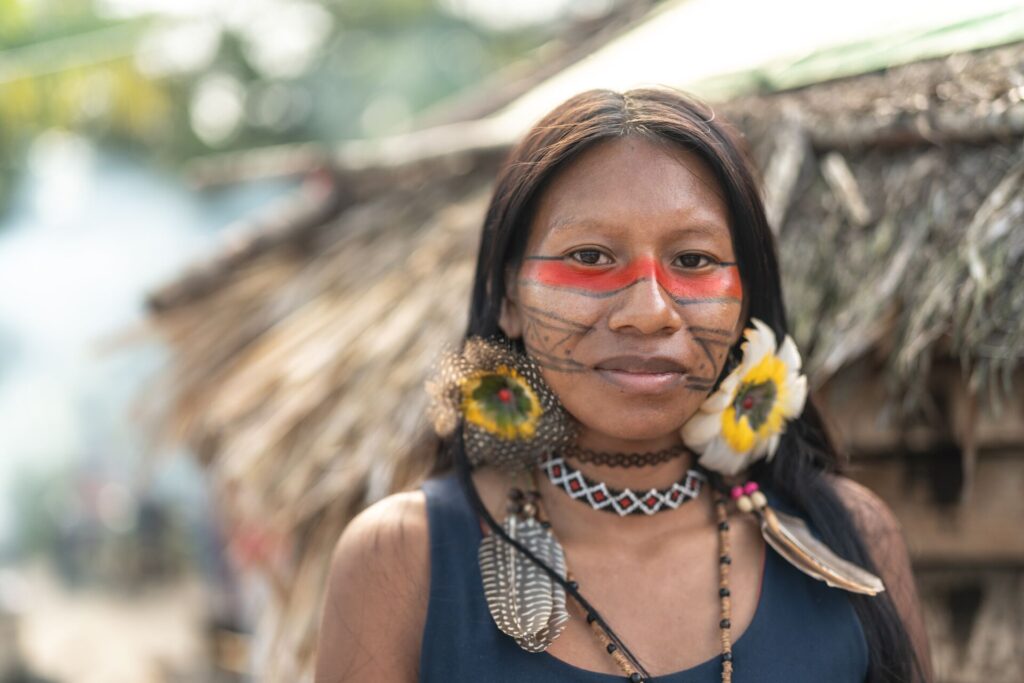
Save up to $3,000* per couple on your first Premium Tour
Plus receive latest offers, travel inspiration, and discover how your travels will make a positive impact. Together, WE MAKE TRAVEL MATTER®. Subscribe Now4. Meet Quechua Weavers in Peru’s Sacred Valley
On Day 4 of Insight Vacations’ Peru With Machu Picchu tour, you’ll take part in a MAKE TRAVEL MATTER Experience with the Quechua weavers of the Sacred Valley.
The Quechua are the largest Indigenous group in Peru, descendants of the Inca and preservers of the Quechua language, which remains widely spoken in the Andes today. Their cultural heritage is rooted in communal agriculture, weaving, music, and spiritual traditions tied to Pachamama (Mother Earth).
Traditionally, they farmed crops like potatoes, maize and quinoa, following ancestral techniques adapted to mountain climates. But they are most well-known for their woven textiles, renowned for intricate patterns and natural dyes, which serve as both clothing and storytelling. It’s this part of their cultural identity you’ll learn about directly from the weavers themselves on this Indigenous travel experience when you visit a weaving workshop near Cusco for a private demonstration.
Textile art is so much more than beautiful fabric – it’s storytelling woven by hand.” Explains Maritza. “I could never create something so intricate, but I loved learning how natural dyes come from unexpected places (some colors come from bugs!).”
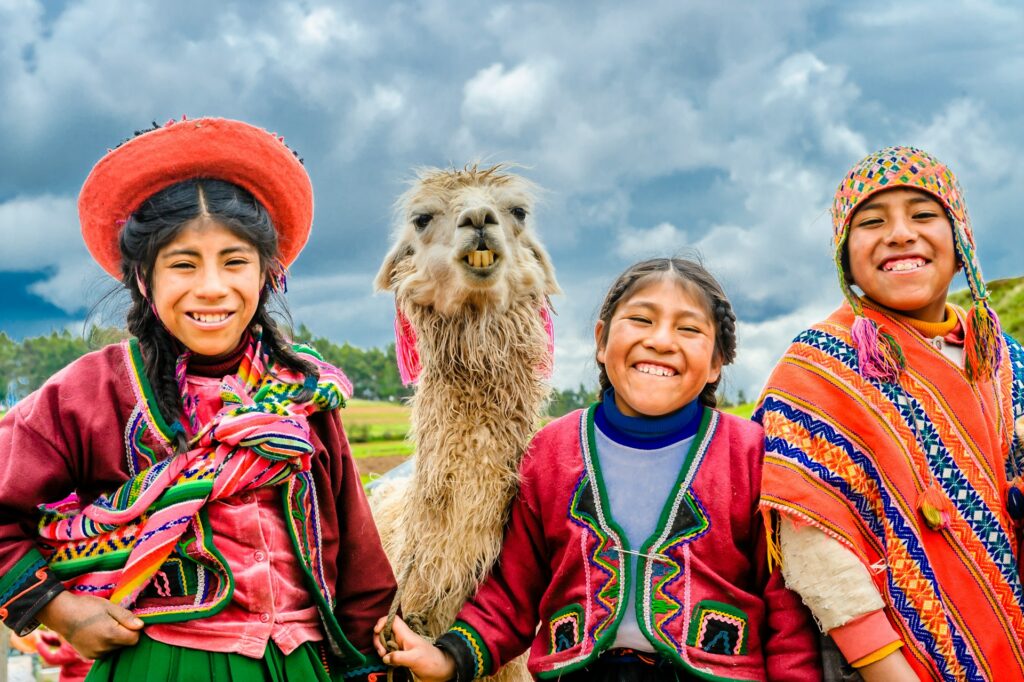
Peru’s Quechua people have inhabited the Andean region for centuries
5. Discover Inca traditions on Amantani Island, Peru
On Day 10 of our sister brand Luxury Gold’s Grand South America journey, you’ll visit the remote Amantani Island. Located in the middle of Lake Titicaca, the rocky island is home to around 800 Indigenous Quechua-speaking families. The terraces that make up the signature ‘fingerprint’ look of the island’s hill and mountains date back to the Inca, who inhabited this place between the 13th and 16th centuries, and are still used for subsistence farming today.
Like the Quechua of the Sacred Valley, the people of Amantani also practice traditional weaving methods, producing brightly-colored textiles made from alpaca wool. On this Indigenous travel experience you’ll be warmly welcomed by an Indigenous family, and discover how the traditions and language of the Inca culture are being kept alive against a backdrop of ever-encroaching modernity.
“Sailing across the still, sacred waters of Lake Titicaca felt like stepping into another world”, says Maritza, “where time slows and tradition runs deep. I was welcomed with such warmth and simplicity. It was beautiful to see their weaving – not just as part, but part as a living tradition still deeply embedded in their culture today.”
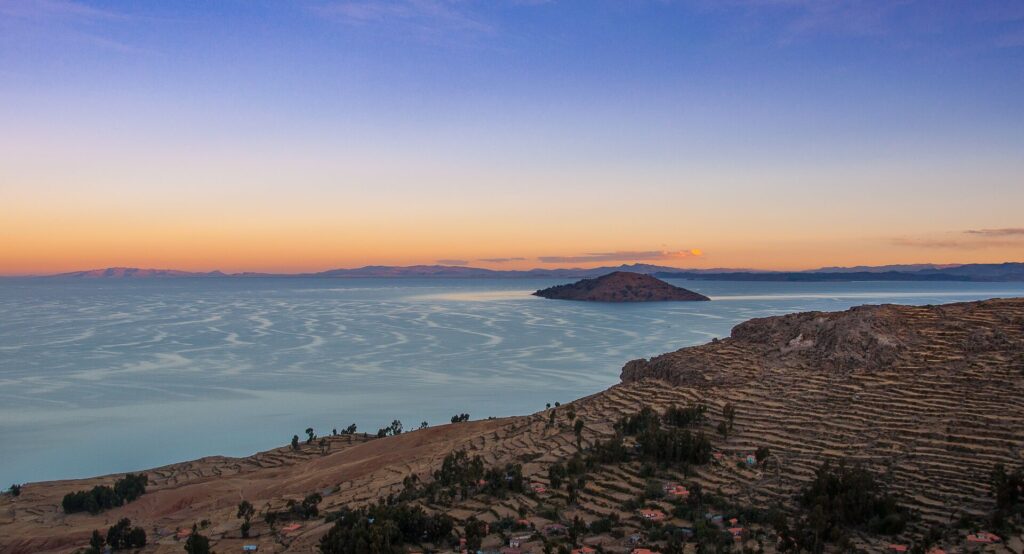
Ancient Inca terraces of Amantani Island
LIKED THIS POST? SHARE WITH YOUR COMMUNITY


